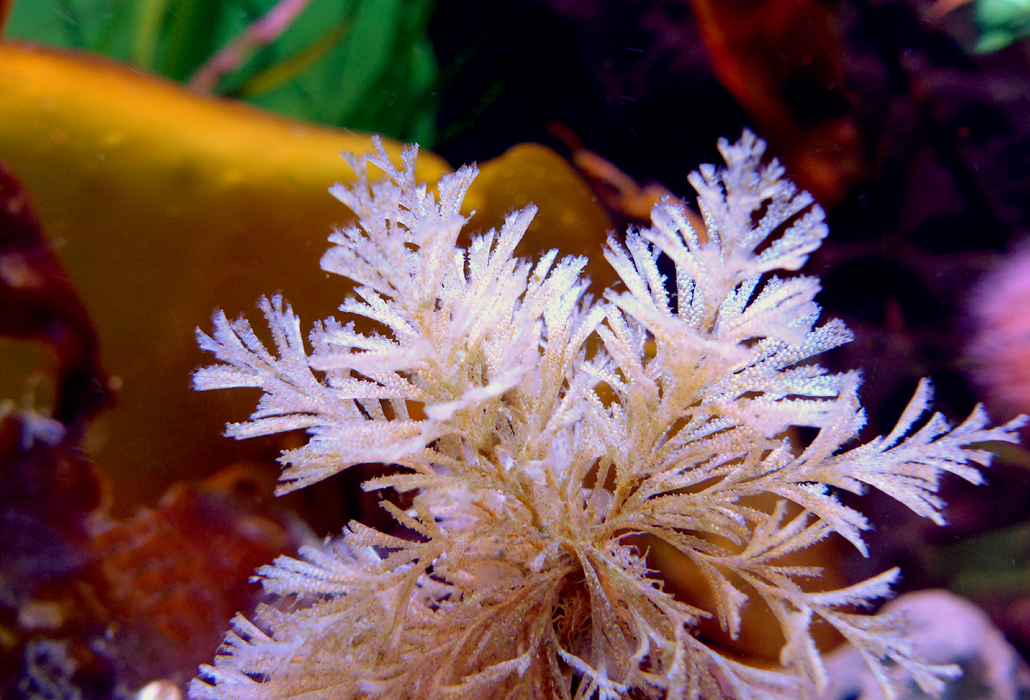
by David Young | Jul 21, 2024 | Bryozoans and Brachiopods
Spiral Bryozoan Authors: Eden Murray and Claire Troost Scientific Name: Bugula californica Other Common Names: Stiff Stalk Bryozoan, California Moss Animal, Pacific Branching Bryozoan. Bugula californica can grow up to 7.5 cm tall and ranges from BC to...


